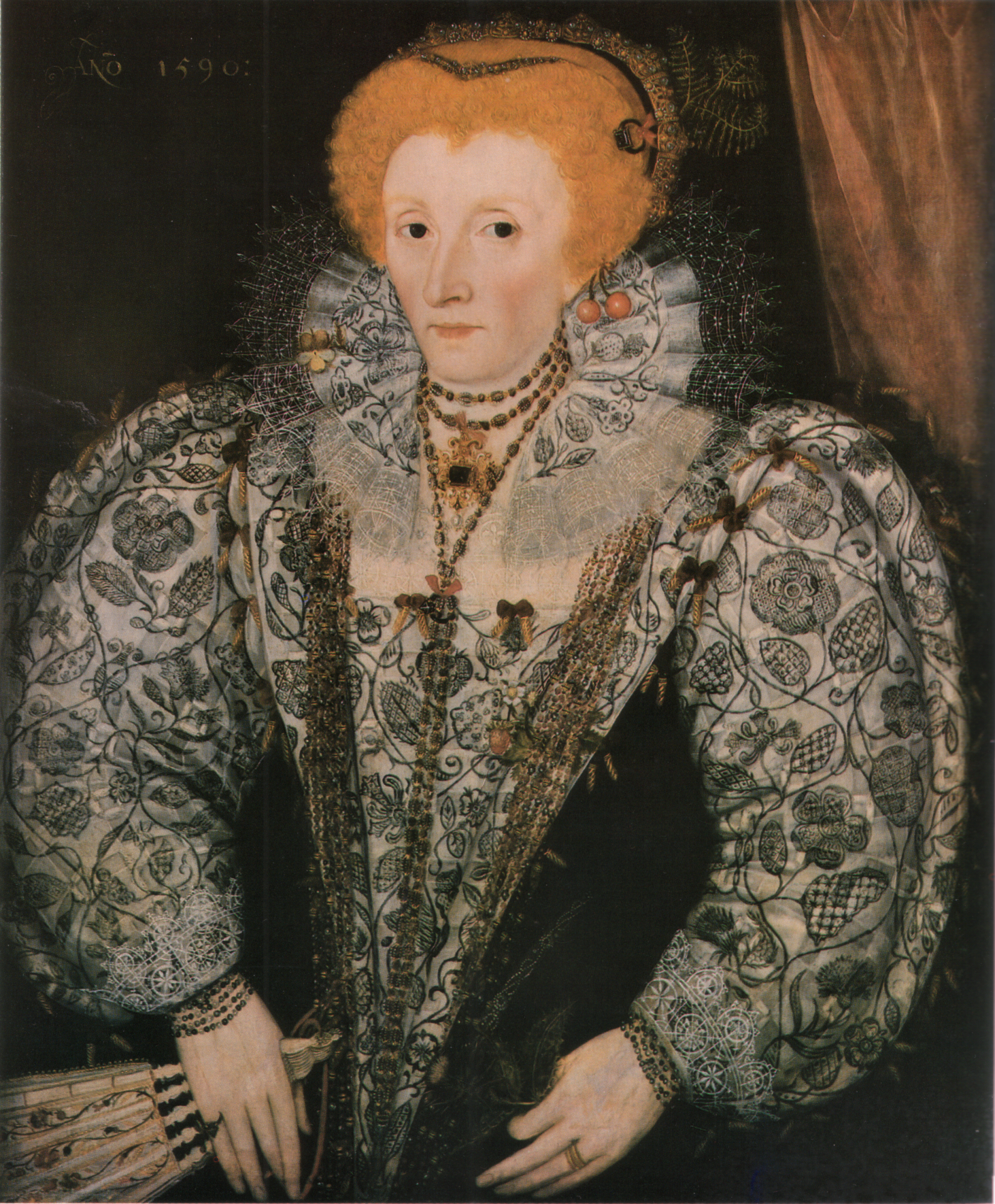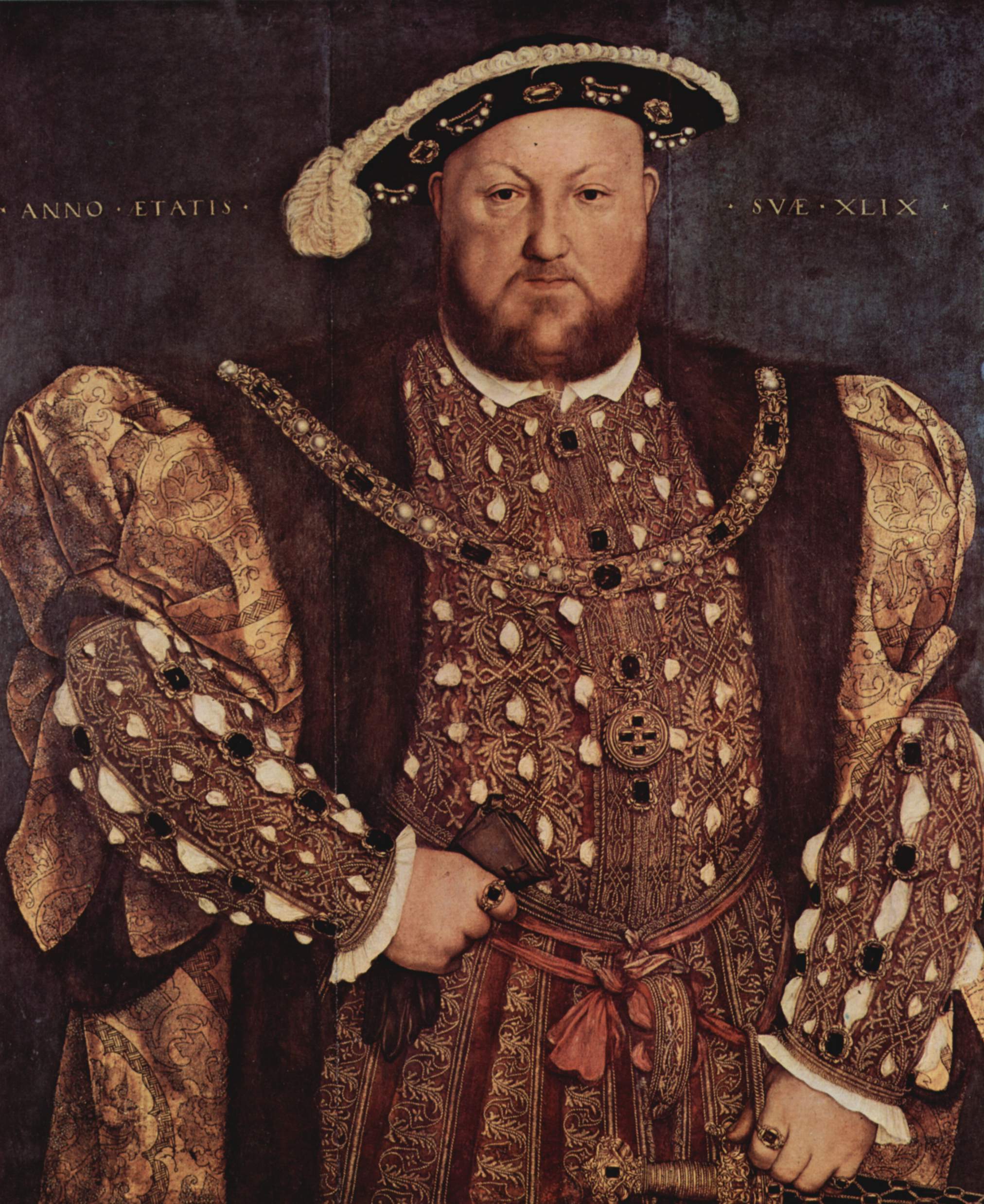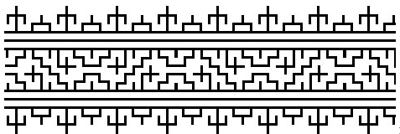 A modern design using a traditional technique |
The Early Days
The earliest point that we can go back to, and which most historians seem to agree on, is the 14th century within Islamic countries south of the Mediterranean.Islamic art tended to avoid representation of real life objects, favouring geometric patterns instead.
It was natural for Islamic needleworkers to follow the trend, producing similar geometric patterns in their work, using either a Double-Running Stitch or in Backstitch.
European Blackwork
The introduction of Blackwork to European countries is mainly attributed to the spread of Islam and especially the Moorish occupation of Spain with the 1400s. This is just a theory, however, and we can only make assumptions.Further debate is sparked by Geoffery Chaucer's story; "Miller's Tale," that suggests Blackwork might've already been in use in England by 1400.
Whit was hir smok, and broyden al bifoore and eek bihynde on hir coler aboute of col-blak silk withinne and eek withoute...Chaucer seems to be talking about a smock embroidered at the collar with black silk.
It has been pointed out, however, that smocks during Chaucers time wouldn't have had collars and the word 'broyden' can arguably be translated several different ways and may not actually mean embroidered.
Tudor Blackwork
A more widely accepted theory of how Blackwork came to Britain is through Katherine of Aragon in the early 16th Century.Katherine was a highly skilled embroiderer, and when she married Henry VIII, she had great influence of the fashions of the court. It is even believed she had embellished several of Henry's own tunics. The stitch she used was known as 'Spanishwork', but after Katherine's divorce from Henry, Spanish influence became unwelcome and so the term was replaced with 'Blackwork.'
Blackwork was so intricate and detailed, it was used mainly to reinforce collars and cuffs, it was also a good way to hide everyday dirt and wear.
The alternative to Blackwork at the time was lace. Lace was heavily taxed during Henry VIII's reign and so Blackwork became an inexpensive way to decorate clothing. Some even called it 'The Poor Man's Lace.'
In 1559 Elizabeth I became Queen of England. She too was a highly skilled embroiderer and developed Blackwork further. Elizabeth created patterns containing more flora and fauna designs, usually as borders or as outlines that were filled with geometric patterns.
It was around this time the printing press was introduced. Designs for embroidery were now more readily available, and easier spread. Before the convenience of the press, new stitches and patterns were passed on through the use of samplers. New bands of stitches and patterns being added to the bottom of the sampler for future reference, to be shared amongst friends.
Hans Holbein
Many potraits from the Tudor period were painted by the famous court painter Hans Holbein, who had an incredible eye for detail.His works captured on canvas the fashions of the time, including Blackwork in mesmerising detail, especially upon the tunics worn by Henry VIII. Hence Double-Running stitch becoming known today as Holbein Stitch.
Fall and Rise
Blackwork fell out of popularity by the Stuart period, in which embroiderers took fancy of new techniques and fashion styles.Thankfully, in the 19th Century, the Victorian's obsession with the past saw revivals of many historical embroideries, Blackwork included. Since then it has continued to rise in popularity again.
Changing Rules
Modern 'rules' of Blackwork don't quite follow those of the Tudors. Many who follow the following 'rules' of today may be surprised to find that these weren't usually the case in the past.For example, the idea that the back should be as neat as the front, or indeed that the piece should be reversible (the same on the back as on the front). Embroiderers of the past were defined by speed to meet with demand, so these attentions to detail were not only time consuming but deemed wholly unnecessary.
Another 'rule' that may be widely followed today is that Blackwork should be worked in black thread upon a white or off-white material, such as aida or linen. This is a complete myth, there are many historical examples that disprove this, most Islamic Blackwork, for instance, was frequently stitched in a blue thread.
It is also interesting to note that many documented 'counted-thread' double-running stitch wasn't actually counted, but done by eye, to give the impression it had been counted. Again this was a simple time saving trick.
Last Thoughts
The technique, the style, the colour, the materials for producing Blackwork today is all in a matter of taste and what suits you personally.
I, for example, always use backstitch to produce my Blackworked pieces. It can be more wasteful in some designs, however I find it simpler and quicker then using the neater Holbein Stitch. Plus there is the fact that for the majority of what I produce, the back of which will never be seen, thankfully!
If I ever find myself tasked with blackworking someone's cuffs, sleeves or collars, then undoubtedly I'd put that extra effort in to make it as neat as possible, utilising the Holbein Stitch to it's full potential. To those who use Holbein stitch anyway, just for fun, I tip my hat to you, a mighty fine bunch of stitchers to be sure!!
From my own hand, two Blackworked B's. Can you guess which is done using Backstitch and which uses Holbein Stitch.
(tutorials to come)






